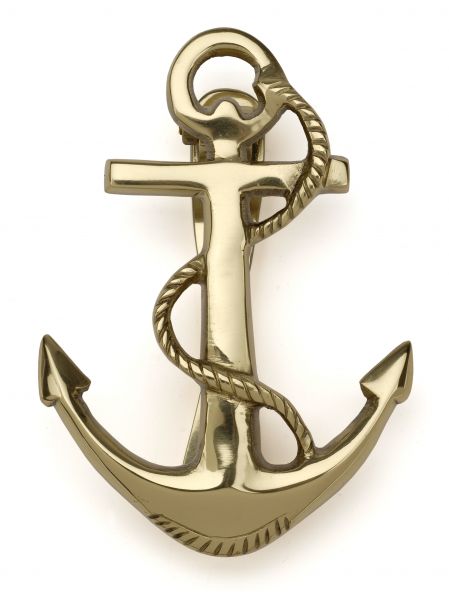Much is known of the submarine warfare of the Atlantic during WW2 but little is known about German submarine activity of the Gulf of Mexico, even though they were some of the most successful operations of the entire war. Enormous oil tankers would emerge from the oil terminals of the Mississippi Delta and make their way into the Atlantic by way of the Gulf of Mexico, carrying their cargo of oil, the life blood of the war effort. German U-boats were sent by Admiral Doenitz right into the Gulf in order to sink as many of them as was possible. They had a field day.
Twenty-four German submarines entered the Gulf of Mexico between 1942 and 1943 and sank fifty-six merchant ships, damaging fourteen others. In May, 1942 alone, the blitz of the "Gulf Sea Frontier" gave German U-boats their greatest victories to date.
One of these, U-Boat U-166 and the steamer Robert E. Lee are forever locked in the poetic dance of death that ended in them both lying next to each other in the murky depths of the Gulf of Mexico.
The cargo-passenger liner Robert E. Lee was fairly typical of the small liners that earned their living making short runs between U.S. ports on the Gulf of Mexico and destinations throughout the Caribbean.
Like many U.S.-flagged ships, Robert E. Lee found herself pressed into wartime service after Pearl Harbor. Repainted in an overall haze gray scheme to reduce her visibility, in July 1942 she sailed from Port-of-Spain, Trinidad, carrying 270 passengers. Several of those aboard were survivors of other ships torpedoed by German U-Boats. The conditions aboard were appalling. In the heat of the summer, without air conditioning and overcrowded, the ship plodded north into the Gulf of Mexico. There was a shortage of fresh food and water on board, During the night, the ship was obliged to run "blacked out," which necessitated shutting the cabin portholes and with them, all effective ventilation.
With conditions aboard Robert E. Lee deteriorating by the hour, the ship's master, Captain Heath, tried to divert the ship to Tampa, Florida, to put his passengers safely ashore. But when he couldn't obtain a pilot to steer the ship into the harbor, he was forced to turn once again for New Orleans. With PC-566 as escort, Robert E. Lee began steaming west-northwest, on a voyage she would never complete.
U-166, under the command of 27 year old Oberleutnant zur See (First Lieutenant) Hans-Günther Kuhlmann, torpedoed the Robert E. Lee and she quickly sank. Kapitan Kuhlmann was an avid photographer and these, along with many other stunning images were recently uncovered in 2001 by a film crew gathering material for a documentary on the war service of Gulf of Mexico U-boats. Frau Kuhlmann had stored them all away thinking they were of little value. They are, of course, invaluable is providing a pictorial reference to the scope and daring of the Kreigsmarine during the second War.
The U-166 was the only German U-boat sunk in the Gulf. The U-166 was discovered in May 2001 during a routine pipeline survey conducted by C&C Technologies for BP and Shell. The submarine lies in 5,000 feet of water within a mile of her last victim, the passenger ship SS Robert E. Lee. Popular belief has long held that the U-166 had been sunk by a torpedo dropped from a U.S. Coast Guard Utility Amphibian J4F aircraft over 100 miles away from its actual location on August 1, 1942. It is now believed that the sub was sunk two days earlier by depth charges from the Robert E. Lee’s naval escort, the U.S. Navy sub-chaser, PC-566. Another German submarine, the U-171, which was operating in the Gulf at the same time, may actually have been the vessel spotted by the J4F aircraft.

No comments:
Post a Comment